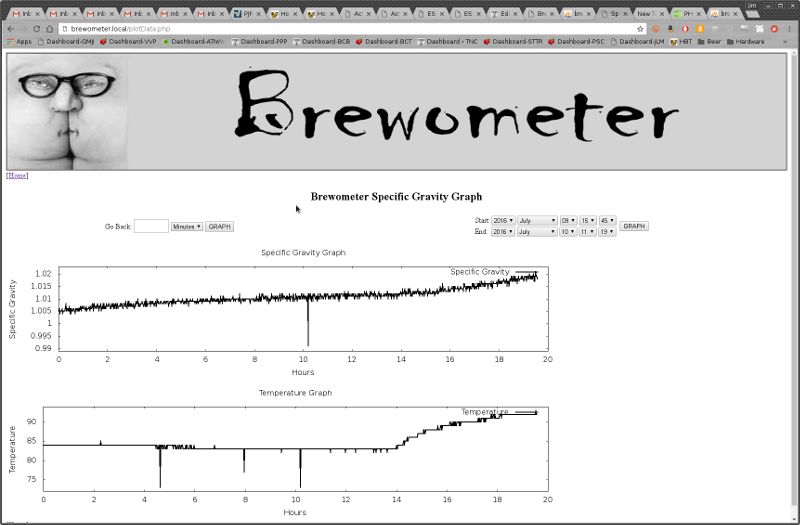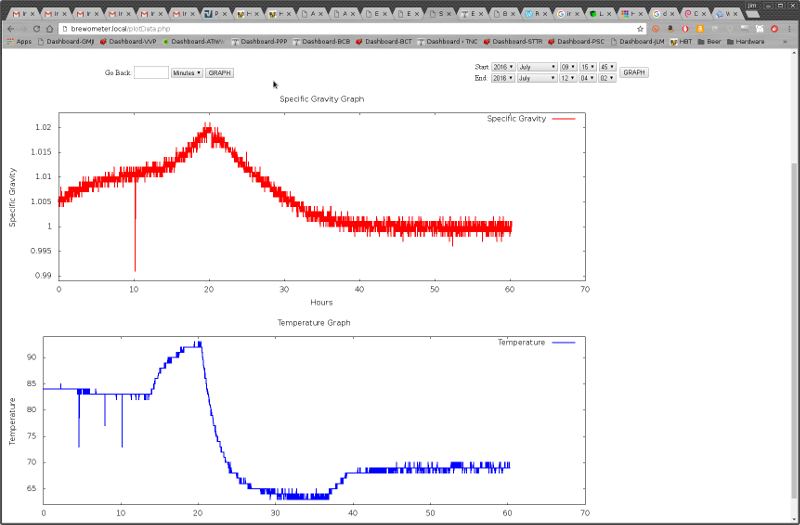In all seriousness. I know it is a hydrometer and I know what they do. What I meant was how to you go about using this to calculate efficiency. I've looked at the calculators, they have adjustments for the temp your hydrometer is calibrated for, is that something you have to worry about with this device? When your mash is done, do you just scoop out a pitcher of wort, let it cool down a bit and drop the device in to get a reading? At that point do you have to compensate for the temp?
No, this is not practical for this application. It's not an 'instant read' hydrometer. You should use a refractometer for this purpose. Or use a glass hydrometer and thermometer and do the temp calibration calculations.








